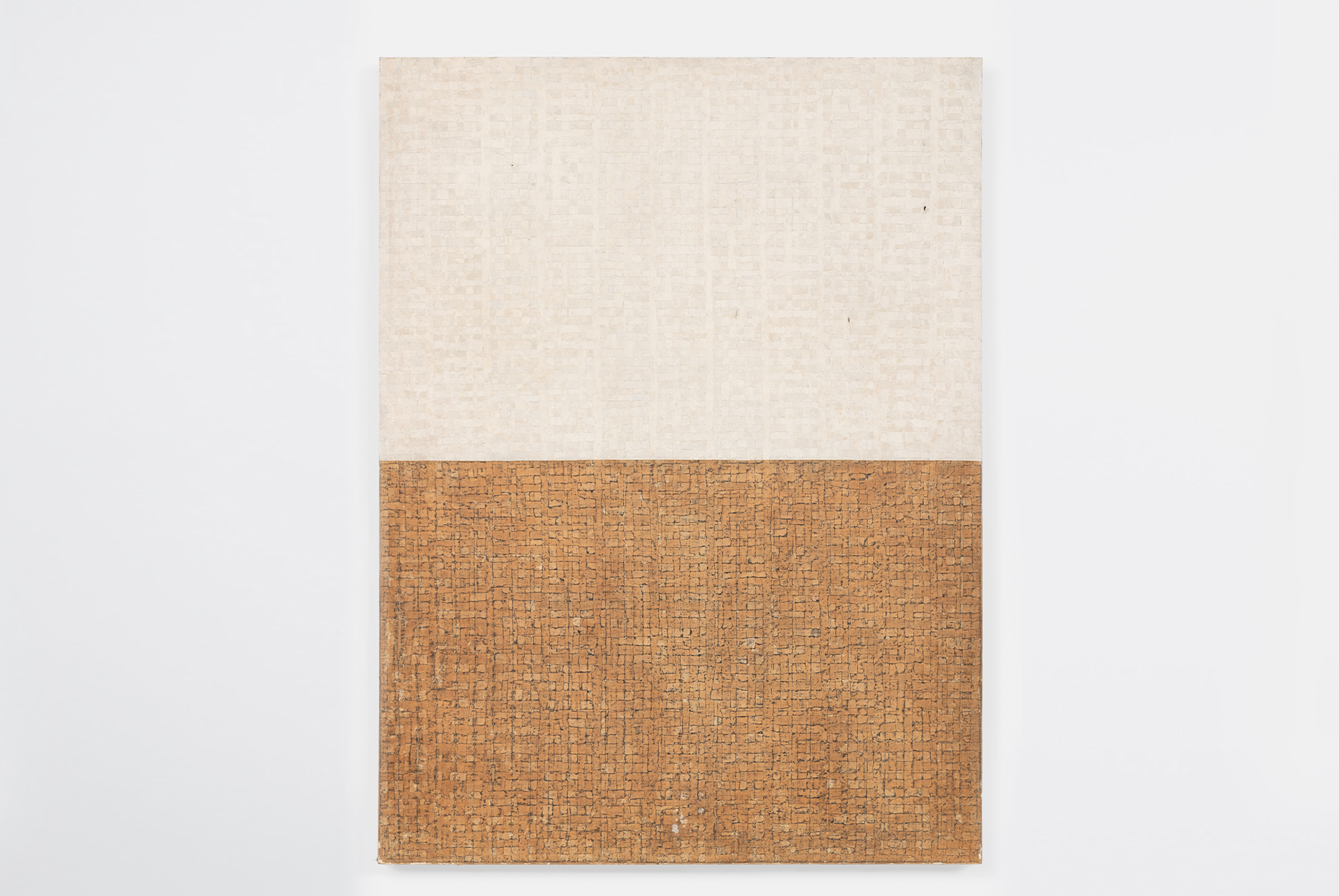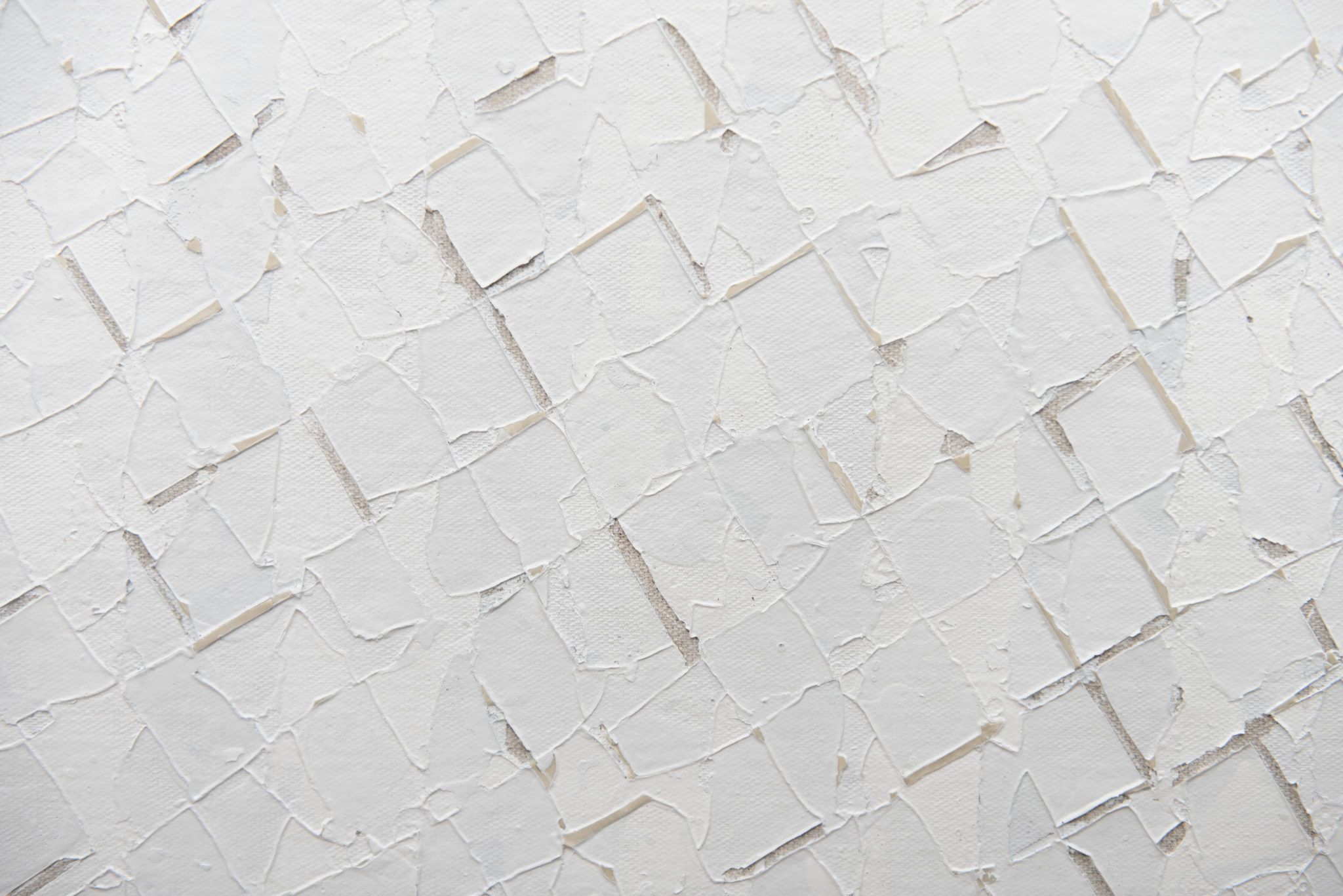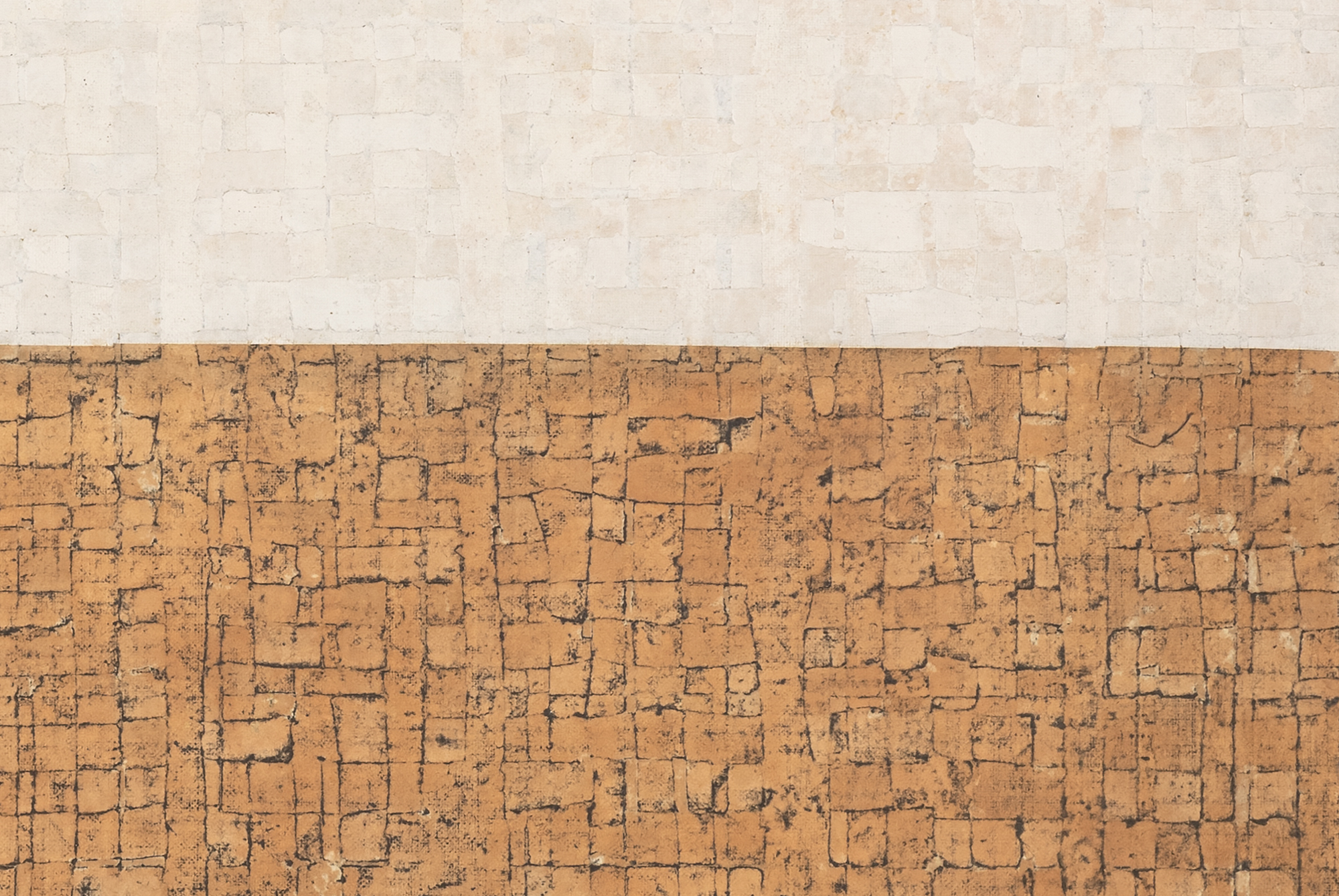Untitled 78-11-29
1978
Acrylic, graphite and hanji (Korean mulberry paper) on canvas
51 5/16 x 38 3/16 inches (130.3 x 97 cm)
© Chung Sang-Hwa
The process of eliminating, restoring, then destroying. From there, there is sublimation and then destruction again. This is the cycle. Destroying and restoring. This cycle of positive and the negative is the process that creates the surface. Space, planes and lines all emerge from this process.
—Chung Sang-Hwa
Chung Sang-Hwa graduated from Seoul National University with a fine arts degree in 1956, three years after a truce brought a provisional end to the Korean War. Faced with a paucity of resources in its destructive wake, Chung and his peers were often short on art supplies. When they ran out of paint, the students would mix jitan, a type of charcoal, with oil to make works of art. This inspired him to experiment with kaolin, a powdered stone that is produced in the Gaoling region of China, which remains a core material in his practice. He first combined kaolin with oil or dissolved it in water, developing a process over time that became uniquely his own: born of scarcity yet resulting in a methodology that centers technique, curiosity, and innovation.
Chung moved to Paris in 1967 to study the works of art he had previously only been able to see as reproductions in books and periodicals. Learning French and visiting galleries and museums, he immersed himself deeply in contemporary art and art history. In 1969, Chung moved to Kobe, Japan, where he advanced his exploration of composition and process, and furthered his engagement with the international avant-garde. There, he befriended Jiro Yoshihara, one of the founders of the radical Gutai group. Chung has cited the influence of the works by others in their milieu as helping determine the rhythms of his ritualistic approach to painting. These encounters would eventually lead to his groundbreaking canvases that integrate his innovative process with the systematic order of the grid.
From the late 1970s onward, Chung has said that his painting was focused on the “strict construction of the flat surface.” In the present work, Untitled 78-11-29 (1978), the artist applied hanji, traditional Korean mulberry paper, on the bottom half of the canvas to contrast with the subtly textured surface of the top half. He used a graphite pencil to create frottage, examining the immediate tension produced by the juxtaposition of these two parts. An exemplary work from an important point in Chung’s career, Untitled 78-11-29 results from Chung’s dedicated inquiry of materiality and dimensionality that demonstrates his contributions to the Dansaekhwa movement and postwar modernist painting.
-
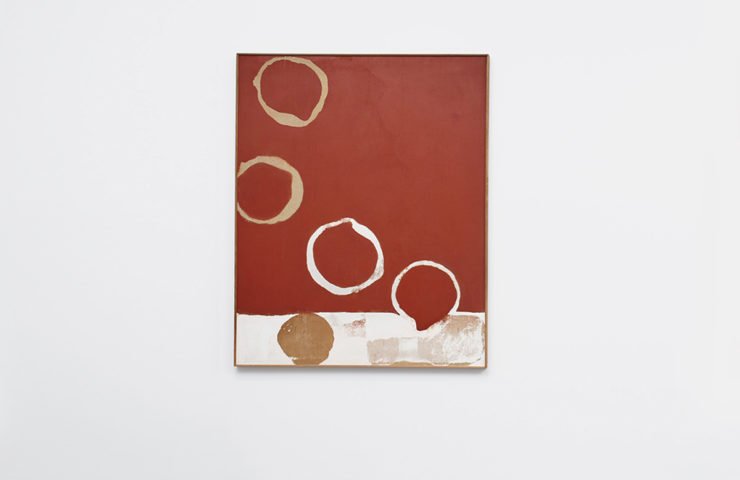
Work 70-9-15
1970
-
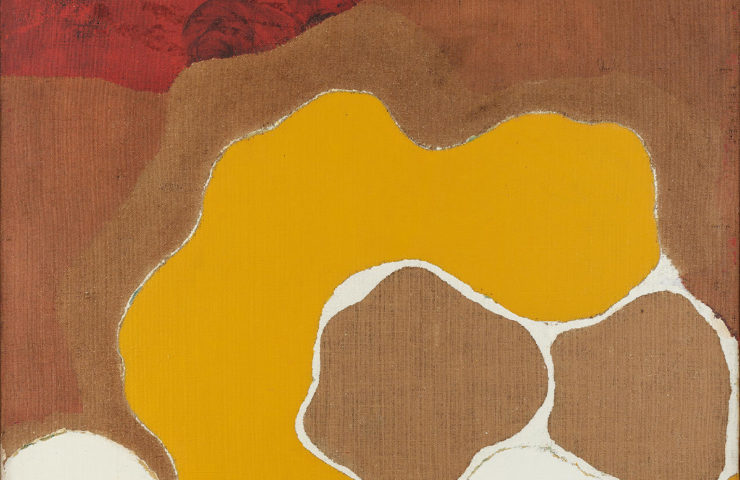
Work O-A
1971
-
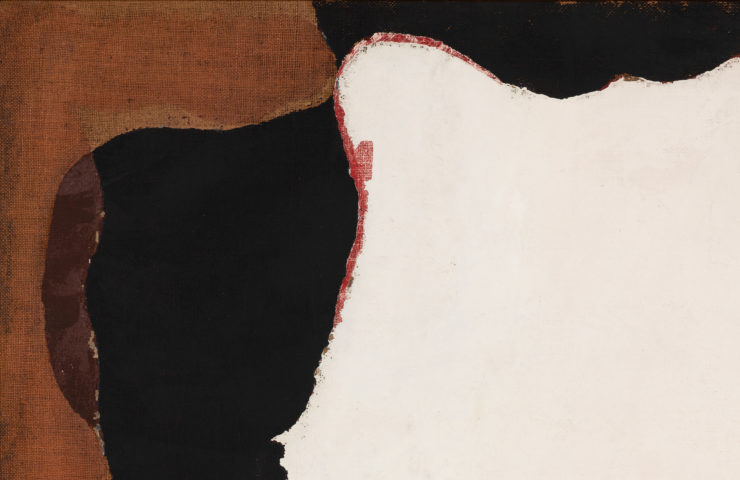
Work 69-A
1969
-
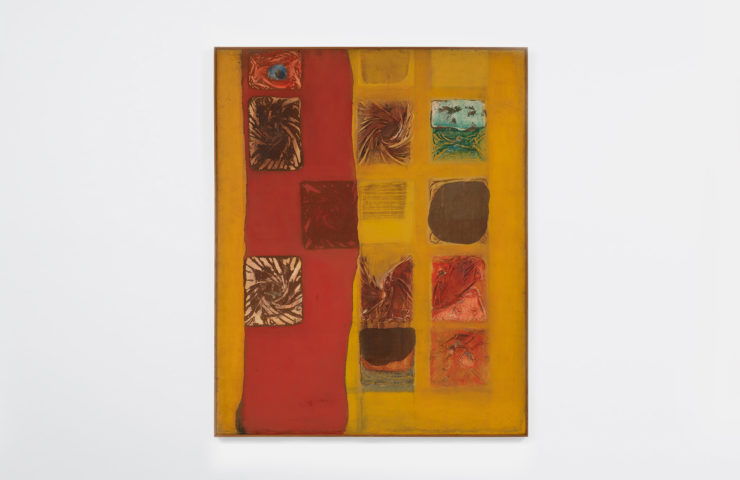
Work 65-2
1965
-
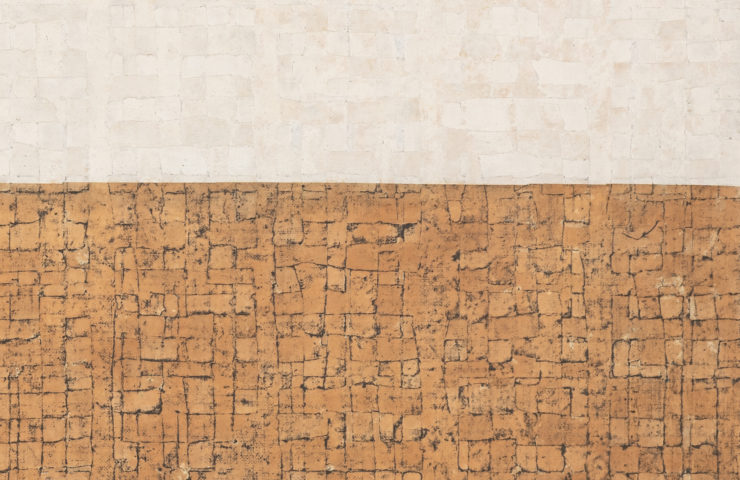
Untitled 78-11-29
1978
-
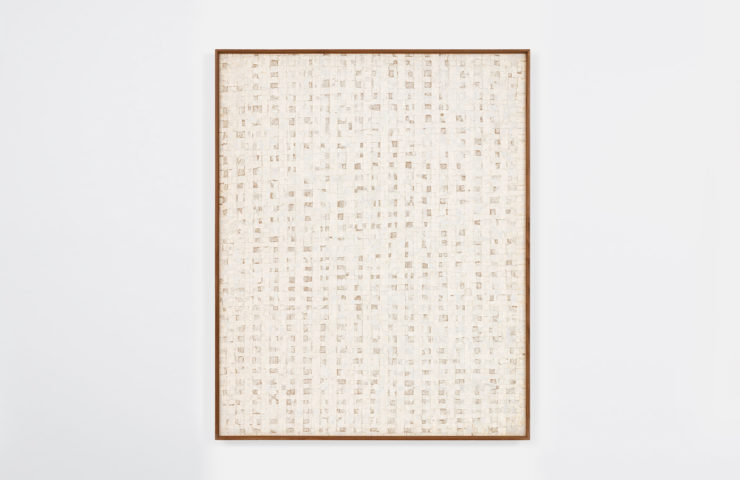
Untitled 77-8
1977
-
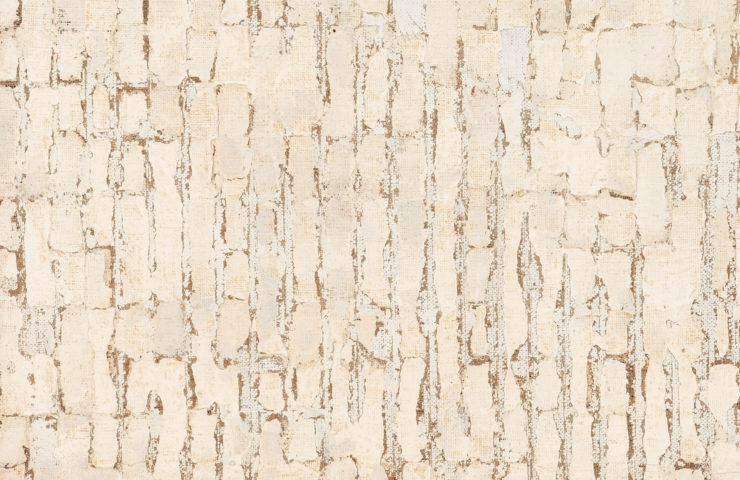
Untitled 75-10-8
1975
-
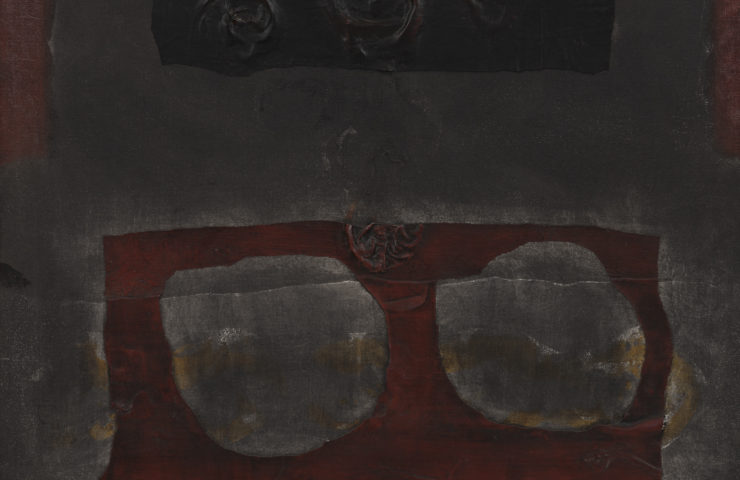
Work 64-13
1964
-
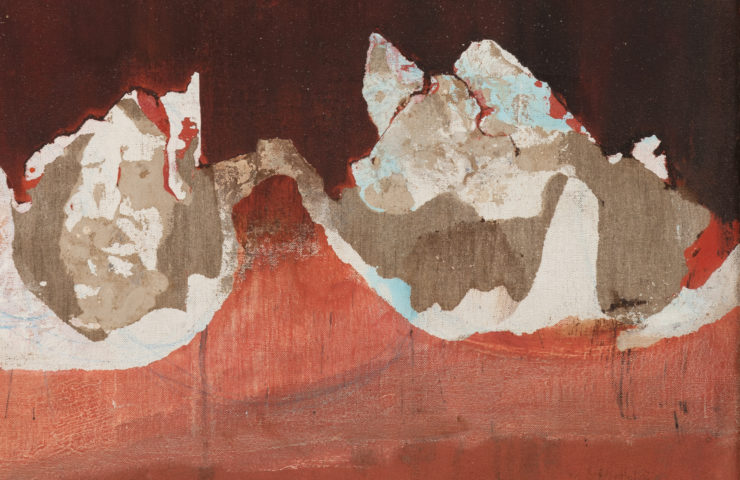
Work 68-32
1968
-
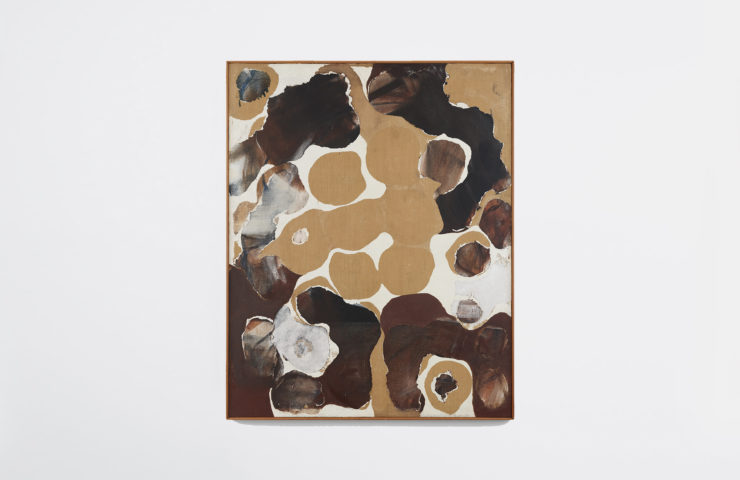
Work K-3
1970
-
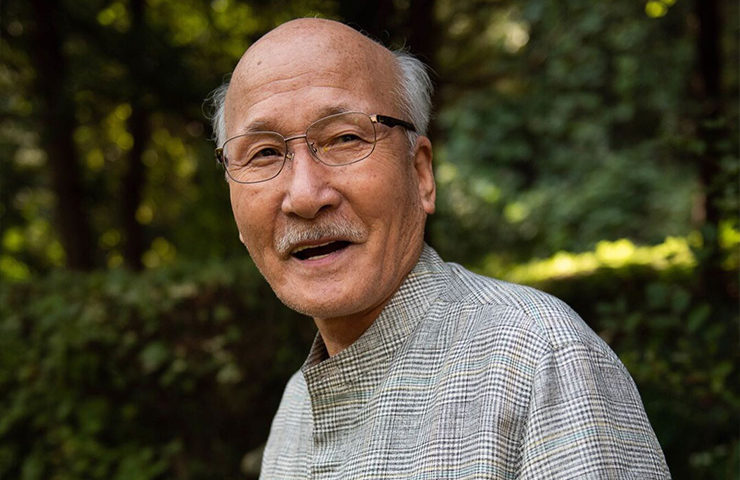
About Chung Sang-Hwa
Born in 1932 in Yeongdeok, Korea
-
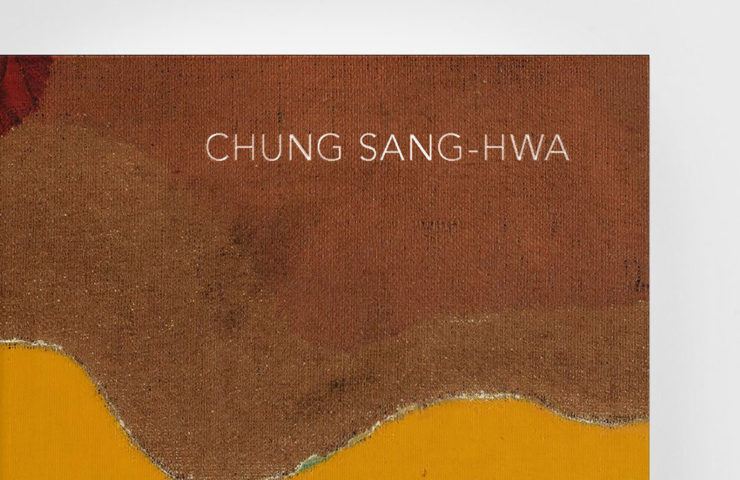
Pre-Order the Catalogue

